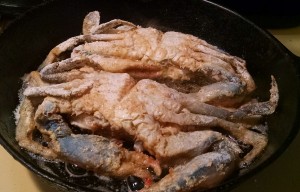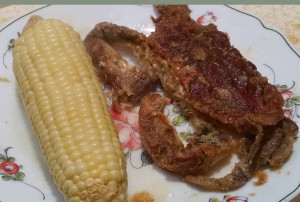Have you ever had a foodborne illness outbreak at your facility? Most will answer NO! But how do you really know?
The CDC estimates that 48 million people will be ill from a foodborne illness each year. That is one in six Americans.
THE STATS
In 2013 there were a total of 818 outbreaks resulting in 13,360 illnesses. Identified outbreaks a small percentage of total estimated cases of 48 million. Of the total 818 outbreaks 433 of all outbreaks were a restaurant. 351 were from sit down dining locations as opposed to fast food. The remainder of outbreaks occurred in the private home, catering /banquet facilities, institutions, nursing homes / hospital, churches, or other commercial locations.
Why are there so many outbreaks / illnesses that go unreported? Part of the problem is many people do not equate having diarrhea or vomiting with having a foodborne illness. I hear people all the time stating it is a bug going around or something they ate didn’t agree with them. Many just don’t want to go through the trouble of contacting the local health department. There are many more reported foodborne illness cases reported that do not become an outbreak statistic. Maybe so far you have been lucky. Reminder, it only takes 2 individuals with the same illness from the same time span and you find yourself part of an outbreak investigation!
THE COST
According to the CDC, the cost of foodborne illness is estimated at $365 million in direct medical costs. Costs that you will be expected to pay if found liable! The loss of your reputation can often be attributed to suspected foodborne illness. It can also affect your bottom line as well in the form of increased insurance premiums, loss of sales and legal fees defending yourself in a court of law.
Executives like Eric and Ryan Jensen of Jensen Farms have been charged criminally liable for the outbreak associated with listeria tainted product. In 2013 they entered a plea deal and in 2014 they began a six month home confinement sentence. CEO, Stewart Parnell of Peanut Corporation of America is now serving a 28 year sentence for liability related to Salmonella tainted peanuts. Brother Michael Parnell is serving 20 years and the plants quality assurance manager, Mary Wilkerson is serving 5 years.
The department of justice is currently looking at charges against Blue Bell Ice Cream for listeria tainted ice cream and Chipotle for recent E.Coli and Norovirus outbreaks
These examples demonstrate the FDAs warnings that they will enforce criminal penalties. If you are a person in charge, you must create a food safe culture in your organization and put policies and procedures in place to make sure staff are following the rules.
PREVENTION
Regardless if you are a single location restaurant or part of a larger corporate entity you should have a good Food Safety Management system in place.
Corporations spend thousands and have binders filled with policies and procedures. But that should not intimidate that small business owner. They should also have plans in place to create a consistent and food safe culture.
FOOD SAFETY MANAGEMENT SYSTEM
A Personal Hygiene Program is paramount! Having good personal hygiene is the best prevention against the number one single pathogen that causes foodborne illness, Norovirus.
A Food Safety Training Program is also critical. Most likely someone in your facility has been properly trained in food safety. But training should not stop there. Everyone in the facility, food handlers and non-foodhandlers need to understand how to protect the food and the customer. Ongoing in house training is essential.
SOP’s should be written clearly. They should not be a boiler plate of rules and regulations. They should be the procedures you follow in your facility. Included in SOP’s would be supplier selection, proper cleaning and sanitizing, cross contamination prevention, employee health and hygiene and employee illness reporting.
HACCP Plans should be maintained and up to date. It is advised to have your plan reviewed at least every 5 years. It is mandatory in Maryland that your plan accurately reflect your current menu and should be updated as menu items change.
Allergen Prevention is certainly an area that should not be ignored. It is not advisable to rely on kitchen staff to know if a food contains an allergen. I can help you set up an easy system that will take the stress off of the staff when a customer mentions they have an allergy.
Pest Control should be under the guidance of an authorized pest control operator. A good PCO will assist you in the analysis of your facility and areas that need improvement.
Of course, each facility is going to have its own individual needs and plans need to be in place to address those needs.
SMF Training & Consulting can assist your organization in developing a comprehensive food safety management system. Sue Farace, CP-FS can be reached at 410-382-4325 or by email at Sue@SueFarace.com

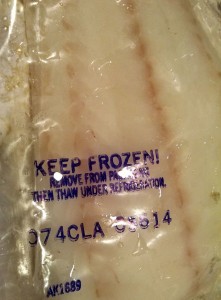

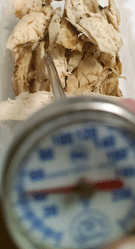



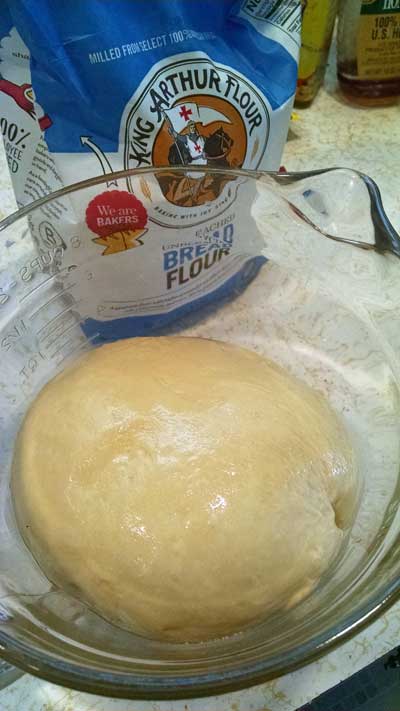



 Your dredged crabs should have a very light coating of mix.
Your dredged crabs should have a very light coating of mix.